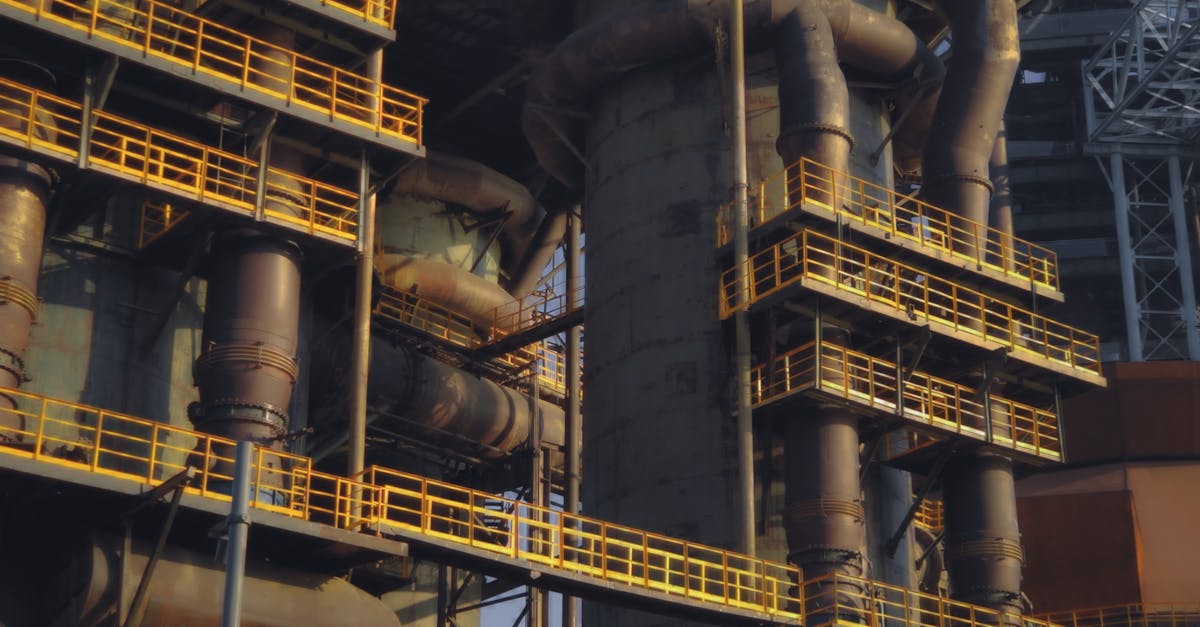Many investors turn to Benjamin Graham's so-called “Graham number” to calculate the fair price of a stock. The Graham number is √(22.5 * earnings per share * book value per share), which for Chevron gives us a fair price of $180.17. In comparison, the stock’s market price is $178.15 per share. Chevron’s current market price is -1.1% below its Graham number, which implies that there is upside potential -- even for a conservative investors who require a significant margin of safety.
The Graham number is often used in isolation, but in fact it is only one part of a check list for choosing defensive stocks that he laid out in Chapter 14 of The Intelligent Investor. The analysis also touches on the following points:
Sales Revenue Should Be No Less Than $100 million.
For Chevron, average sales revenue over the last few years has been $137,211,000,000, so according to the analysis the stock has impressive sales revenue.
Current Assets Should Be at Least Twice Current Liabilities.
We calculate Chevron's current ratio by dividing its total current assets of $33,738,000,000 by its total current liabilities of $26,791,000,000. Current assets refer to company assets that can be transferred into cash within one year, such as accounts receivable, inventory, and liquid financial instruments. Current liabilities, on the other hand, refer to those that will come due within one year. Chevron’s current assets outweigh its current liabilities by a factor of 1.3 only.
The Company’s Long-term Debt Should Not Exceed its Net Current Assets
This means that its ratio of debt to net current assets should be 1 or less. Since Chevron’s debt ratio is 4.5, the company has too much debt. We calculate Chevron’s debt to net current assets ratio by dividing its total long term of debt of $31,113,000,000 by its current assets minus total current liabilities.
The Stock Should Have a Positive Level of Retained Earnings Over Several Years.
In Chevron’s case, the retained earnings have averaged $170,463,750,000.00 over the last 4 years. Retained earnings refer to the net income left for equity investors after all expenses have been accounted for, including dividends. It's a similar metric to free cash flow, with the difference being that earnings are calculated on an accrual, as opposed to a cash basis.
There Should Be a Record of Uninterrupted Dividend Payments Over the Last 20 Years.
Chevron has returned an average dividend yield of 4.4% over the last five years, and has offered regular dividends since at least 2011.
The Company Should Have a Minimum Increase of at Least One-third in Eps Over the Past 10 Years.
We are going to compare Chevron's earnings per share averages from the two 'bookends' of the 14 year period for which we have data. The first bookend comprises the years 2008, 2009, and 2010, whose EPS values of $11.67, $5.24, and $9.48 average out to $8.80. Next we look at the years 2019, 2020, and 2021, whose values of $1.54, $-2.96, and $8.14 average out to $2.24. The growth rate between the two averages does not meet Graham's standard since it is -74.55%.
Chevron does not have the profile of a defensive stock according to Benjamin Graham's criteria because in although it trades near its fair value, has impressive sales revenue, good dividends, and good retained earnings, it has:
- an average current ratio
- too much debt
- decreasing earnings per share


